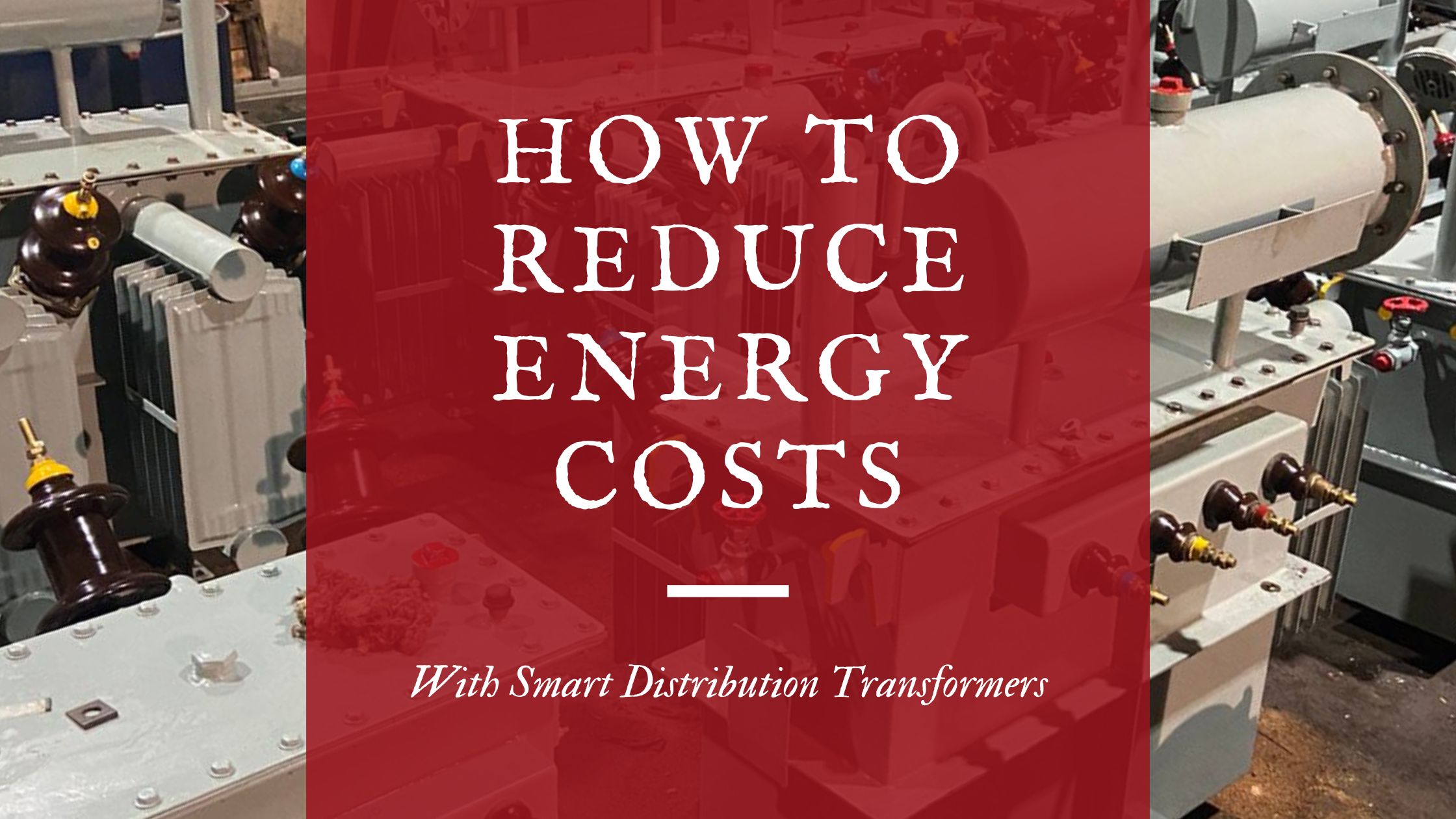

Energy costs drain manufacturing profits every month. Power bills keep climbing while production demands increase.
Standard transformers waste energy through poor efficiency and losses.
Smart distribution transformers offer a practical solution to this growing problem. These advanced units monitor their own performance, adjust to load changes, and minimize waste.
The savings show up immediately on monthly power bills.
Smart transformers continuously optimize power distribution through active load monitoring. Their internal systems create detailed usage patterns, tracking demand fluctuations throughout production cycles.
When loads change, automatic tap changers precisely adjust voltage levels to maintain efficiency. This dynamic response prevents energy waste during varying production demands while ensuring consistent power quality across all connected equipment.
The system's predictive capabilities help prevent overloads before they impact operations.
Traditional transformers waste energy through core losses, even during idle periods. Smart transformers combat this inefficiency using advanced core materials and intelligent flux control.
During light loads, dynamic control systems reduce magnetizing current to minimize waste. The sophisticated winding design distributes loads evenly, cutting copper losses across all operating conditions.
Continuous temperature monitoring enables real-time efficiency optimization, preventing heat-related losses that typically plague conventional units.
Production equipment demands clean, stable power for optimal performance. Smart transformers achieve this through sophisticated power conditioning systems that actively filter harmful harmonics.
The built-in power factor correction eliminates wasted capacity, while precision voltage regulation maintains stability under fluctuating loads.
These improvements extend equipment life and reduce energy waste. Real-time monitoring ensures power quality stays within specified parameters, automatically adjusting to maintain optimal conditions.
Energy costs spike during peak usage periods, straining both budgets and power systems. Smart transformers address this through intelligent load management that automatically responds to varying electricity rates.
The system prioritizes critical production equipment while reducing power to non-essential loads during high-rate periods. This balanced approach maintains production while significantly reducing peak demand charges.
Advanced algorithms learn from usage patterns to optimize these responses over time.
Equipment failures cost more than just repairs. Smart transformers prevent these costly surprises through comprehensive health monitoring.
Advanced sensor networks track multiple performance indicators, building detailed trend analyses over time.
The system learns normal operating patterns and flags subtle deviations long before they become critical issues. This predictive approach transforms maintenance from reactive repairs to planned optimization, keeping efficiency high and operating costs low.
Modern facilities need centralized control for efficient operation. Smart transformers provide comprehensive remote monitoring and management capabilities through secure network connections.
Facility managers access real-time performance data through intuitive dashboards, enabling quick decisions based on actual operating conditions.
The system automatically logs performance metrics, creating detailed histories for analysis. This remote capability reduces response times and enables proactive management of the entire power distribution network.
Power systems work best when all components communicate effectively. Smart transformers serve as intelligent nodes in the broader facility management network.
They share real-time data with production scheduling systems to optimize power distribution for planned operations.
Machine learning algorithms continuously refine their response patterns based on actual facility needs. This integration extends to renewable energy sources, ensuring stable power delivery even during grid fluctuations.
Smart transformers represent a shift from passive power distribution to intelligent energy management. Our transformer manufacturing expertise focuses on integrating advanced monitoring systems with robust transformer design.
From robust maintenance systems to load management, these units optimize energy use across complex industrial operations.
When facilities upgrade to our smart distribution systems, they gain both immediate efficiency improvements and long-term cost benefits.
The built-in intelligence continuously adapts to changing load patterns, ensuring optimal performance through evolving production demands. This delivers reliable power while significantly reducing operational costs.
Get in touch with us for more details